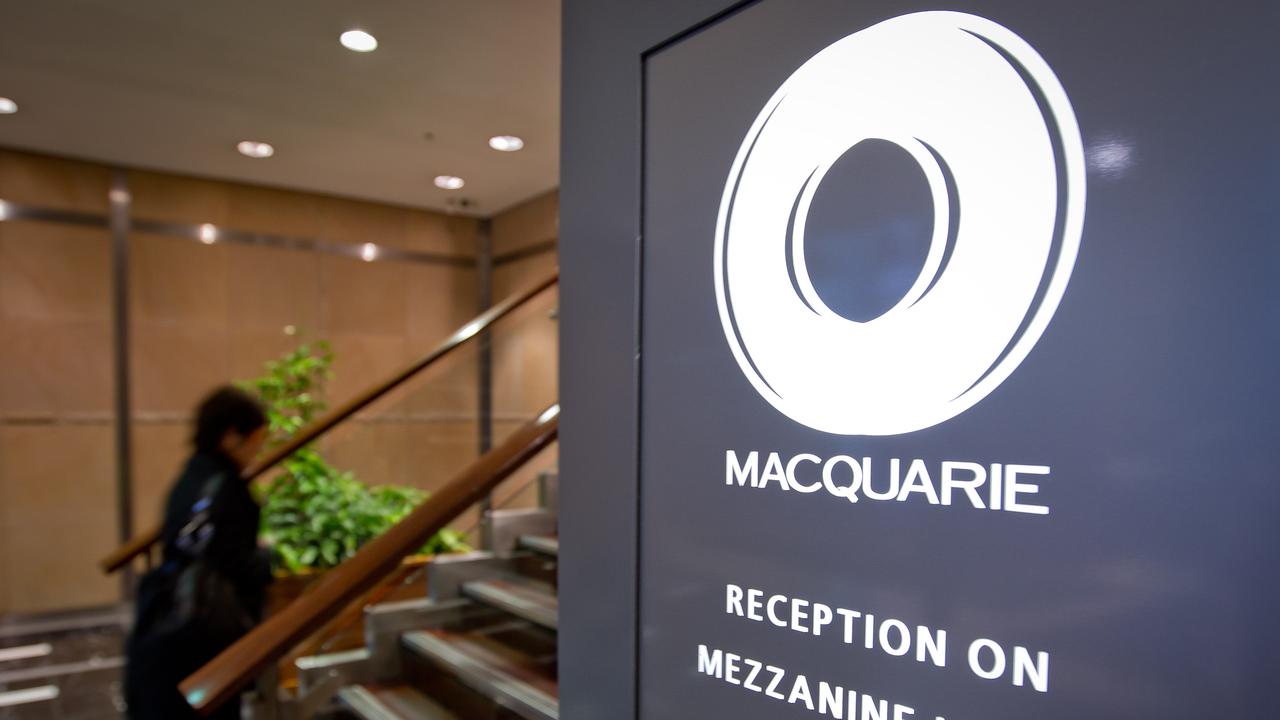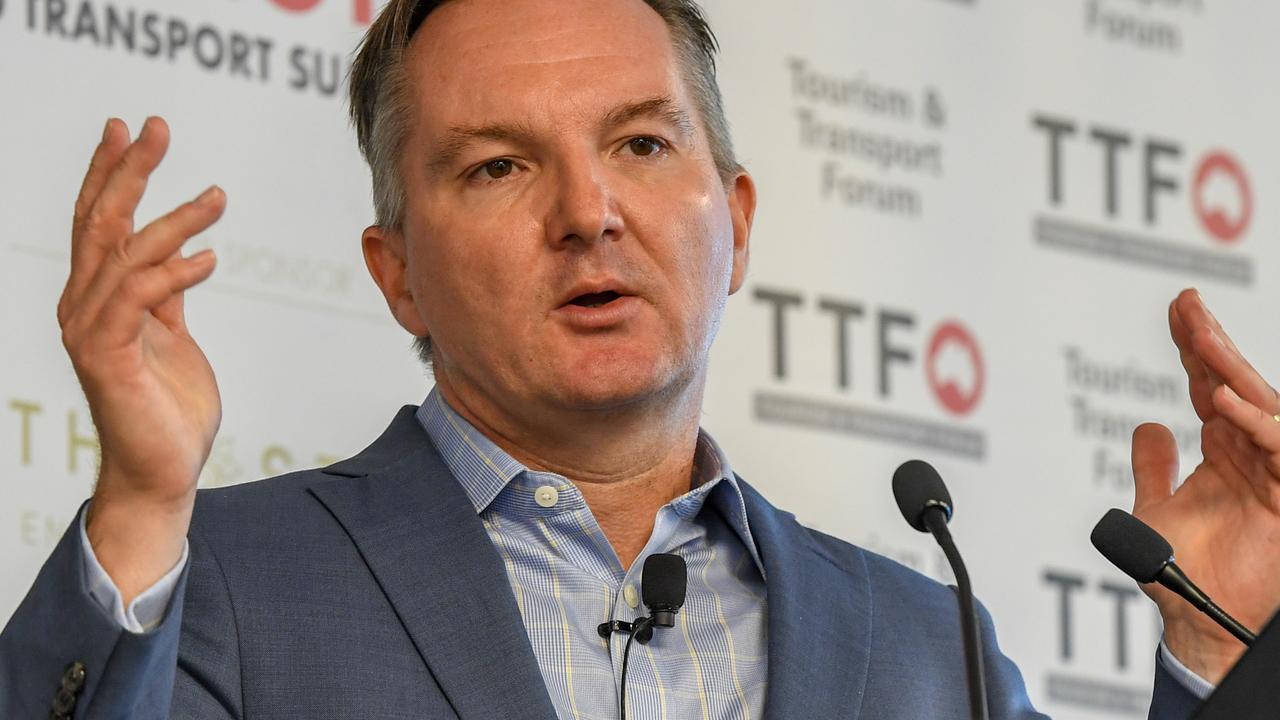Sydney’s high prices a boon for investors in rival capital cities
Sydney property prices have broken ranks with rival capitals — the outcome may be dramatic.

Let me introduce you to two young professional couples that society would regard as middle to higher income.
On the surface their situations are the same: both are aged in their 30s but one couple is at the higher end. Both have combined incomes in the $225,000 to $250,000 range.
All four people have what society would regard as good white-collar career jobs covering four professions: law, health, journalism and areas relating to advertising. Their situation could equally apply to a range of other professions including accountancy and engineering.
While the surface pointers are the same, the outlook and financial fears of the couples are totally different, not because of their professions but rather the city that hosts their jobs.
One couple lives in Sydney and the other in Melbourne.
The Melbourne experience would have been either duplicated or improved had the jobs been hosted in Brisbane, Adelaide, Perth or Hobart.
So let’s look at our Sydney couple. They are currently renting but would like to buy an apartment closer to the city — to the southeast — but not in the affluent strips. They almost bought a two-bedroom flat on the third floor without a lift or a garage. It would have cost between $1.1 million and $1.2m. They have been saving and could have mustered a $150,000 deposit without parental help. And the broker arranging the finance assured them he could bump their income for the loan documentation up well beyond $250,000 with a few porkies.
Accordingly, they could borrow $1m without too much trouble. When you did the sums, outlays on loan repayments, rates, corporate fees and so on would go over $50,000 even if they secured an interest-only loan. Then if they wanted children, the apartment would have been a squeeze (taking baby down three flights in a pram is never easy) and one income would be substantially reduced or high childcare fees paid.
They must rent. If a child arrives they are exploring the idea of buying way up the NSW north coast and trying to work remotely and commute. Life is tough if they want a family.
Then we go to our Melbourne couple who have actually bought a three bedroom (they are small bedrooms) apartment in the inner suburb of Carlton. It has much easier access to the city than the Sydney couple’s proposed apartment, and also has a lift and a garage.
They bought it for about $650,000 and apartments in the block are still selling at that level. They have not saved as much as the Sydney couple but, as I understand it, they were able to muster a $150,000 deposit with parental help, so we are looking at a debt of around $500,000 — half the Sydney debt for a better apartment!
Indeed, because repayment outlays are so much lower, perhaps with a small amount of parental help one person has the choice of gaining extra qualifications that are certain to improve income. There are just more options with lower debt repayments.
Why are apartments close to the city in Melbourne roughly half the price of Sydney, when all the surveys show that there is not that much difference in dwelling prices? It’s true if you want to buy a dwelling in a leafy suburb — like Hawthorn, Camberwell or Essendon — then the prices are not that far below Sydney’s Gordon, Lane Cove and Strathfield.
But here’s the thing: Melbourne has a glut of inner city apartments, and although some are little more than kennels, they have brought down the price of better apartments.
In addition, the state government has changed planning rules. If a developer has permission to build under the old rules they had better build now, because if they delay and their current permit runs out, the developers will have to reduce the number of apartments they can erect on the land. The land will fall in value and/or the price of apartments must rise to enable developments to be justified. But that’s well into the future.
At the moment the outlook and confidence of the two couples could not be more different. The Carlton apartment can handle one child. If the Melbourne couple have more children, larger apartments are available for $850,000 off the plan (that would stretch them but it’s a lot less than Sydney) or they may follow what higher ranking executives in corporate giants like BHP and NAB are doing and base themselves in Geelong where there are good education choices, family dwellings are cheaper and train commuting is not hard for one person.
While my Melbourne couple used parental help, it was small and could have been avoided. The Sydney couple require massive parental help to have a reasonable balance sheet and lifestyle. So if you are a young professional person/couple in Sydney without parental help, you must be prepared to have a lower standard of living than your equivalent in every other city. Increasingly, the young professional positions in Sydney are being filled with the children of affluent families who can afford to top up their children’s income or lower their outlays on real estate. This is not good for the long-term professional talent base in the city.
In past generations professionals could expect to enjoy much higher salaries in the future, so the problems were short term. When I was married 50 years ago that’s what happened and the children of my generation enjoyed a similar outlook. But in so many professions that is not the case now.
But computerisation is going to curb the jobs and salaries in a many professions. Young professionals look at people a few rungs up the ladder and see their incomes are not rising. Those at the top are on big incomes but at low levels taking on a $1m debt is scary.
In Japan there is some evidence that high property prices and restrained professional incomes curbed population growth.
If Melbourne keeps its advantage over Sydney — no certainty — it will continue to grow at a rapid pace. Brisbane, which has lower costs, may grow even faster.




To join the conversation, please log in. Don't have an account? Register
Join the conversation, you are commenting as Logout